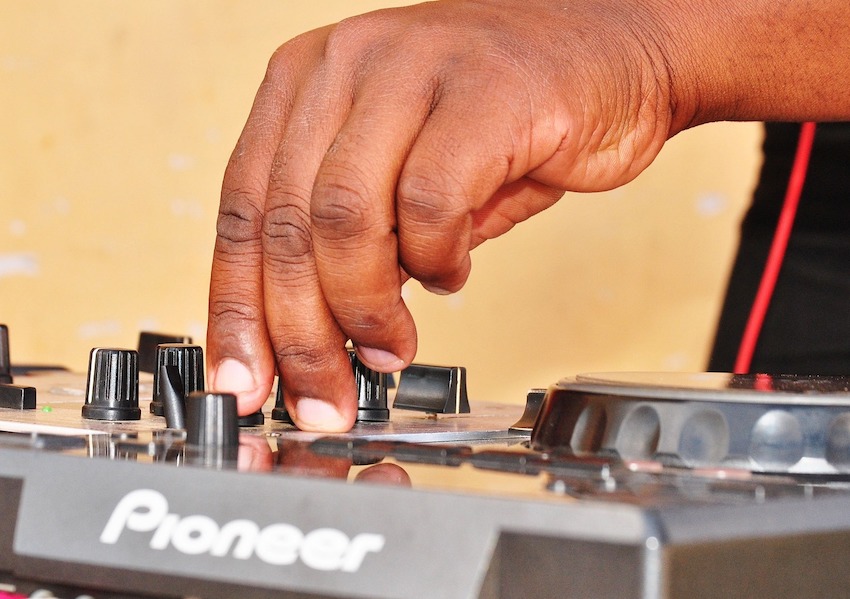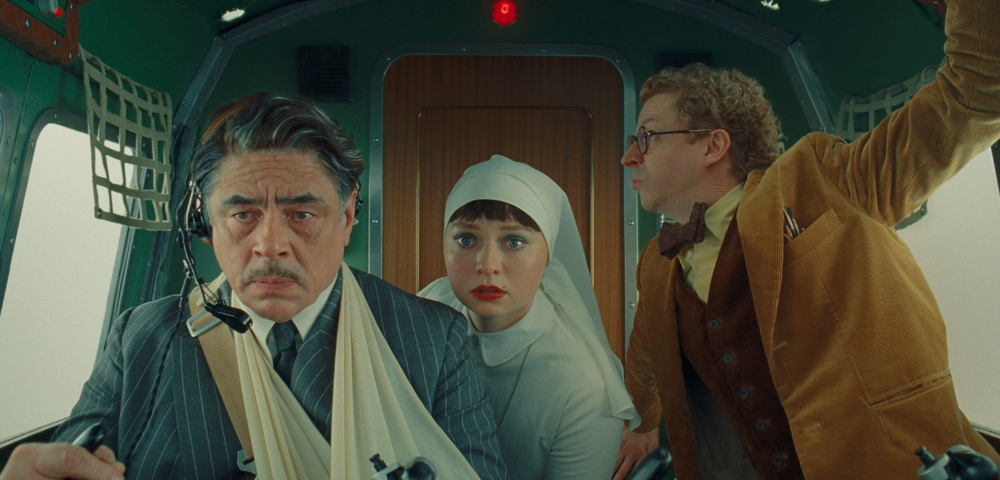
There is more to theatre sound than meets the ear

By DAVID IVANI
There is one theatre production element that has changed over time more than any other: sound.
Sound represents anything auditory, be it the voices of the actors, background music and soundscapes (i.e. moving train carriage), sound effects, or silences (heightening the audience’s emotions). These sounds are either generated live (voice), outsourced via the internet, CD copies, or created/recorded prior to a theatre play.
Sound Design consists of selecting, from the infinite options, a sound that perfectly reflects every emotion, scene, and moment – gunshots, ringing telephones & doorbells, automobile engines, music.

It works to captivate the audience and bring them into the realm of the play. It greatly contributes to the physical stage, filling in the sense of involvement for the audience. For instance, the sound of modern nightclub music will set a completely different tone to 1950s jazz music.
Good sound design adds fluidity to the mood of the scene, while at the same time, it logically supports the visual side of the play. Music can act as an exposition, notifying the audience about what to expect in the upcoming moments on stage and assisting them in making that mental transition swiftly and effortlessly.
From a technical perspective, the sound should ideally originate from the same direction as the performers, in order to provide consistency in the visual and auditory aspects. Technology, such as ‘directional loudspeakers’, ensure that sound travels in a set path to improve the quality of the play, instead of spreading across the entire audience landscape.










